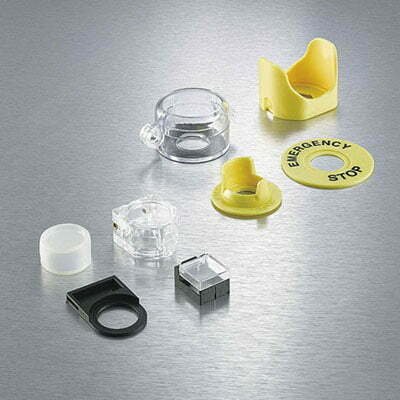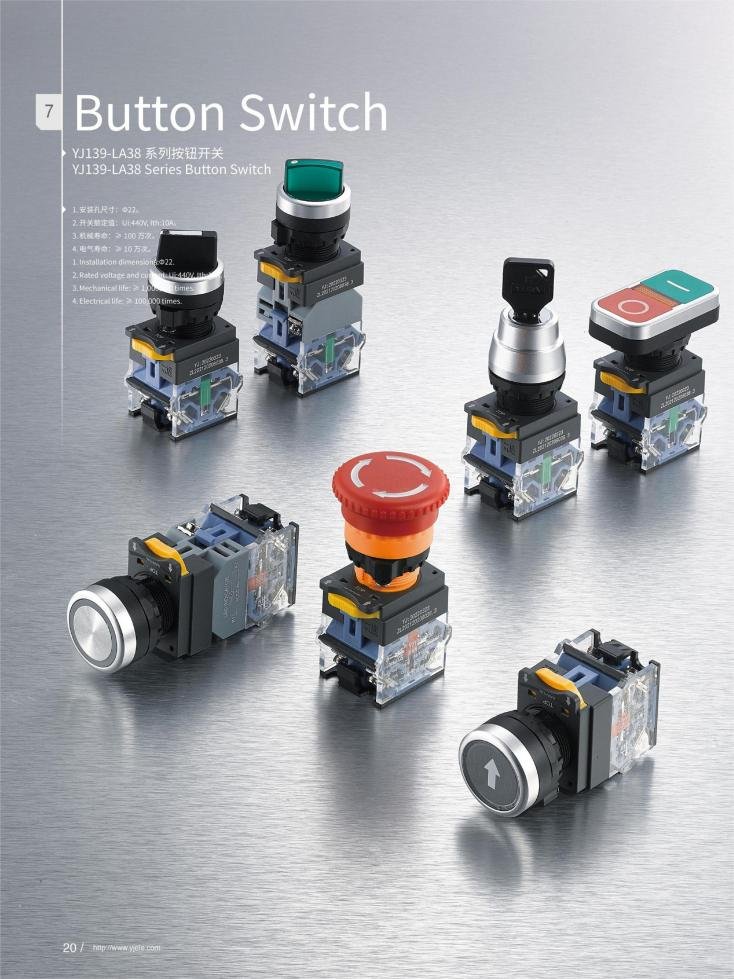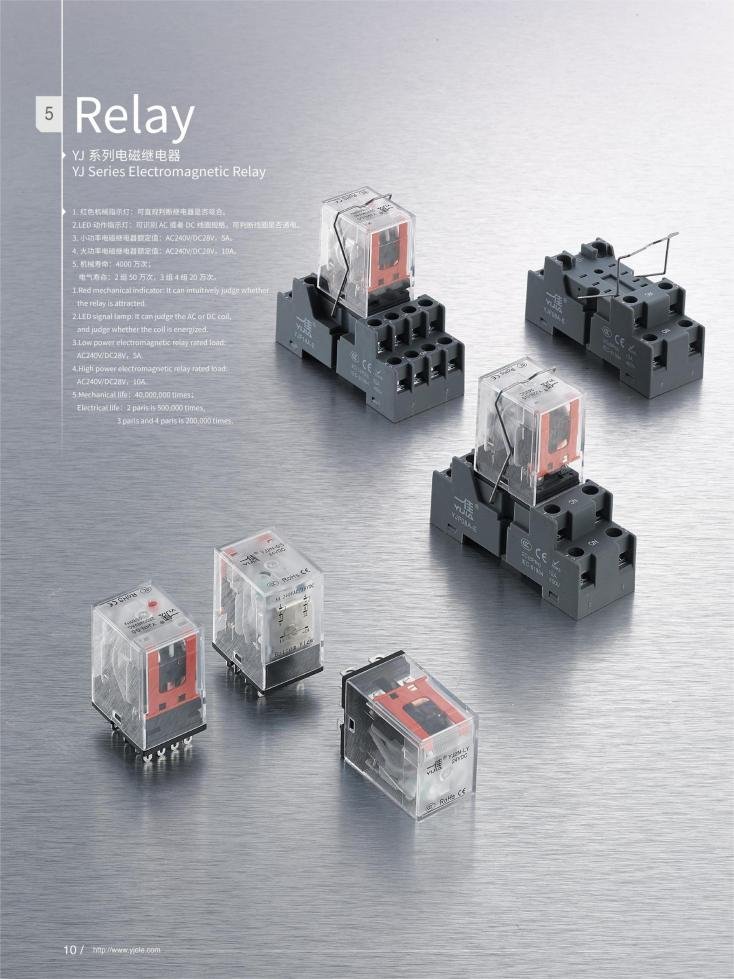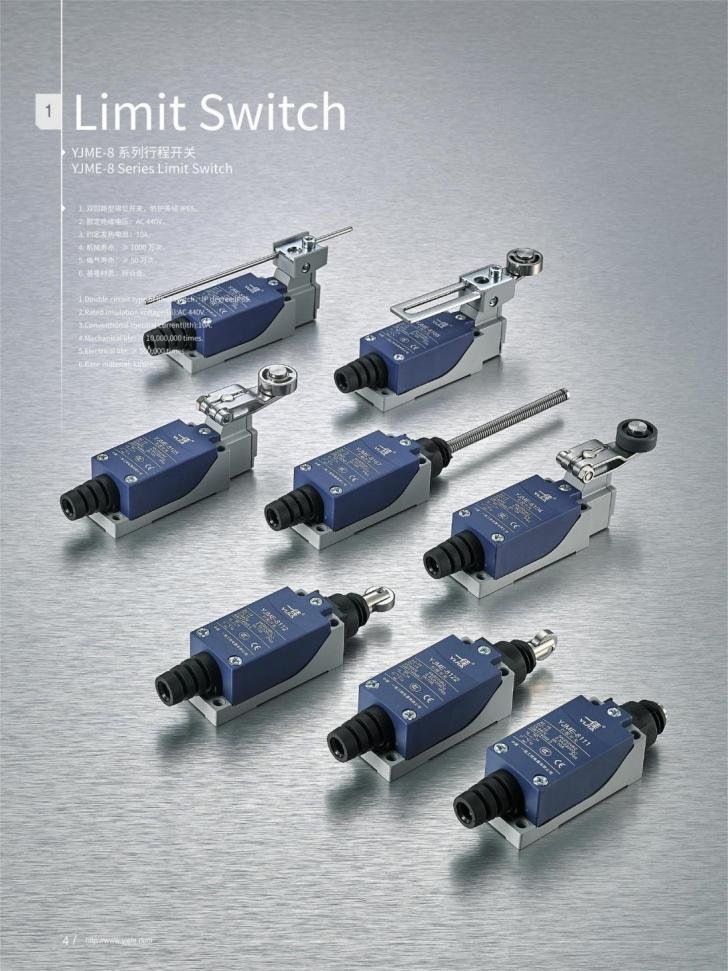Learn more about Turn Signal Lamp Socket
Turn Signal Lamp Socket structure
The turn signal bulb socket is a key component of the automotive lighting system. It not only provides the connection between the bulb and the power supply, but also ensures that the bulb can be stably fixed in place. Below we introduce the structure of the turn signal bulb socket in detail:
- Housing: Typically made of heat-resistant plastic, it protects internal components from the outside environment while also providing a secure holder for the bulb.
- Contact Strips: These are made of metal and their main function is to make contact with the electrodes of the bulb, thus forming part of the electrical circuit. Contact pads need to have good electrical conductivity and corrosion resistance to ensure stable transmission of current over the long term.
- Connection terminal: used to connect the power cord to the socket. These terminals usually adopt a quick-plug design to facilitate quick connection or disconnection during installation and maintenance.
- Fixture: Includes components that screw or snap into place inside the light cluster to ensure the socket remains stable while the vehicle is in motion.
- Seals: Some turn signal bulb socket designs include rubber seals or other types of seals to prevent moisture and dust from intruding and protect the reliability of electrical connections.

Types of Turn Signal Lamp Socket
There are various types of turn signal bulb sockets, and their classification is mainly based on the design of the socket, compatible bulb types and installation methods. Understanding the different types of receptacles can help you choose the right receptacle for your specific car model and application needs. Here are a few common turn signal bulb socket types:
1. Push-in Socket:
- This type of socket is designed for quick installation and replacement and usually secures by simply pushing the bulb into the socket and twisting it slightly.
- Suitable for many common light bulbs, such as 3157, 1157, etc.
2. Screw-in Socket:
- The bulb needs to be screwed into the socket and secured with threads, which provides a more stable connection.
- Commonly found in older or certain car models.
3. Bayonet Socket:
- There is a raised slot at the bottom of the bulb. When installing, align the bulb with the socket, press down and rotate to secure it.
- This type of socket is often used in situations where light bulbs need to be replaced frequently, such as traffic lights.
4. Flat Interface Socket:
- The characteristic is that the socket interface is flat and the electrodes of the bulb are parallel metal sheets, which can be simply inserted during installation.
- Commonly used in modern vehicles, especially in space-constrained environments.
5.LED special socket:
- With the popularity of LED technology, many turn signal sockets are specially designed for LED bulbs to adapt to their low power consumption and long life characteristics.
- These sockets typically have better cooling performance and a more compact design.
Different types of turn signal bulb sockets have their own characteristics in terms of installation, electrical connection and maintenance. Choosing the right socket type will not only ensure the normal operation of the light fixture, but also improve the safety and reliability of the vehicle. When replacing or upgrading vehicle lights, understanding these types will help owners make the right choice.
Classification by bulb type
Turn signal bulb sockets can be classified according to compatible bulb types, and different bulb types affect the design and functionality of the socket. Understanding these classifications will help you choose the appropriate socket when replacing or upgrading your turn signals. Here are several common turn signal sockets classified by bulb type:
Halogen light bulb socket:
- Halogen bulbs are widely used in automotive lighting because of the brightness of the light they produce and their relatively low cost.
- Sockets are often made high-temperature resistant to accommodate the high heat generated by halogen bulbs when operating.
LED light bulb socket:
- LED light bulbs are becoming more and more popular due to their high energy efficiency, long life and good light efficacy.
- These sockets are usually more compact and specialized in design, sometimes including the necessary circuitry to accommodate the low voltage and current characteristics of LEDs.
HID (High Intensity Discharge) light bulb socket:
- HID bulbs provide extremely high lighting effects and are often used in situations where strong light is required.
- Due to the special electrical needs of HID bulbs, the corresponding sockets need to be able to withstand higher voltages and currents.
Double filament light bulb socket:
- Bifilament bulbs provide two brightness levels in one bulb and are often used in applications combining turn signals and side lights (or daytime running lights).
- The socket design needs to be able to connect and control two independent circuits simultaneously.
Choosing the correct socket type is critical to ensuring the correct functionality and maximum efficiency of your turn signal system. Different types of light bulbs have different electrical and physical needs, so matching the appropriate socket type can improve lighting effectiveness while ensuring safety and durability. When selecting or replacing a light bulb socket, consider the type of light bulb and its corresponding requirements.
Classification by socket design
The design differences in turn signal bulb sockets can be classified based on how they are installed and connected. The designs differ primarily in how the socket holds the bulb and interfaces with the vehicle’s electrical system. Understanding the various designs can help you choose the right outlet when replacing or maintaining it. The following are several classifications based on socket design:
Push & Twist Sockets:
- This design allows the bulb to be pushed into the socket and locked with a simple twisting motion.
- It is often used in those areas of vehicles where bulbs need to be replaced frequently as they offer the convenience of quick replacement.
Twist Lock Sockets:
- The bulb is locked by aligning it with the notch on the socket, inserting it and rotating it at a certain angle.
- This type of socket provides a more secure connection and is suitable for environments with high vibration.
Straight-in Sockets:
- The bulb plugs directly into the socket, with no rotation or other locking mechanism.
- This is the simplest design and is often used for interior lighting or applications with less exposure to the outside environment.
Bayonet Base Sockets:
- Using a bayonet fixation method, the bottom of the bulb has one or more raised slots, which need to be inserted and rotated into place during installation.
- This design allows for faster bulb replacement while maintaining good electrical contact and physical retention.
Magnetic Sockets:
- Using magnets to hold and connect the bulbs, installation and replacement of bulbs is quick and easy.
- Although uncommon, they may be used in some special applications such as temporary lighting or portable equipment.
Each design has its specific advantages and applicable scenarios. For example, push-pull and slot-type sockets are easy to replace and are suitable for areas with frequent maintenance; while rotation-locking and direct-plug sockets are suitable for environments with large vibration or infrequent replacement of light bulbs because of their simplicity and stability. Choosing the correct socket design is critical to ensuring proper functioning of the turn signals and ease of maintenance.
working principle
The working principle of the turn signal bulb socket is relatively simple, but it is crucial to ensure that the vehicle signal lights are functioning properly. Here is the basic working principle of the turn signal bulb socket:
- Power Connection: The outlet is connected to the power source through the vehicle’s electrical system. When the driver operates the turn signal switch, electrical current is transferred from the vehicle’s battery or generator to the light bulb socket.
- Current conduction: The metal contacts in the socket come into contact with the bulb’s electrodes, allowing current to pass through. These contact strips must have good electrical conductivity and contact properties to ensure smooth and unimpeded flow of current to the bulb.
- The bulb lights up: Once the current reaches the bulb, the filament or LED element inside the bulb emits light due to the heating effect of the current or the excitation of electrons. For halogen bulbs, current passes through the filament to generate heat, causing the filament to heat up until it emits light; for LED bulbs, current passes through a semiconductor material to produce light.
- Signal display: The light emitted by the bulb passes through the lens or reflector of the turn signal to display the turn signal to other road users. The color of this light is usually yellow or orange, as required by road traffic regulations.
- Shut-down and power-off: When the driver turns off the steering switch or the steering operation is completed, the current stops flowing to the bulb and the bulb goes out. The outlet stops conducting current and the system returns to standby.
The design of the turn signal bulb sockets ensures the stability and reliability of the electrical connection, and they must be able to withstand the various vibrations and environmental influences encountered by the vehicle while driving. In addition, good sealing performance can also prevent dust and moisture from intruding into the socket, avoid poor contact or short circuit problems, and ensure the continuous operation of the bulb and driving safety.
Application scenarios
Turn signal bulb sockets play a vital role in automotive lighting systems and are widely used in various occasions to improve road safety and vehicle visibility. The following are some main application scenarios:
- Vehicle turn signals: The most common application is in car turn signal systems. When the driver intends to turn or change lanes, the turn signal provides a clear light signal to inform other road users of his intention, thus improving driving safety.
- Emergency warning: When the vehicle needs to stop on the side of the road or breaks down, the turn signal is usually used together with the warning light to send out a flashing signal to warn other vehicles and prevent collisions.
- Tips when parking or reversing: In some models, the turn signal is also used when parking or reversing to show other drivers or pedestrians the direction of movement of the vehicle, especially if vision is restricted.
- Motorcycles and Bicycles: Turn signal sockets are also widely used in motorcycles and bicycles to provide turn signals for these smaller vehicles, especially when traveling at night or in low-visibility conditions.
- Special vehicles: including police cars, ambulances, fire trucks and other special vehicles, they use turn signals and other signal lights when performing emergency tasks to ensure rapid and safe passage in emergency situations.
- Commercial and heavy-duty vehicles: In commercial and heavy-duty vehicles such as large trucks, trailers and buses, turn signals are particularly important in indicating the intention of these large vehicles to move, helping to prevent traffic accidents.
What are the common faults of the turn signal bulb socket?
The turn signal bulb socket may encounter some common faults during use, which may affect the driving safety of the vehicle. Understanding these common problems can help drivers perform timely inspections and repairs to ensure the normal operation of the vehicle signaling system. Here are some common turn signal bulb socket failures:
- Poor contact: Poor contact between the bulb and the socket’s contact blades may occur due to oxidation, corrosion, or dust accumulation. This can cause the bulb to flicker or not light up at all.
- Aged or damaged wires: The wires of the socket may be aged or worn due to long-term use or environmental factors (such as temperature changes, moisture), resulting in disconnections or short circuits.
- Damaged socket: The socket itself may suffer physical damage, such as cracks or breaks, due to vehicle vibration, improper installation, or impact from an accident.
- The bulb is unstable: If the fixing mechanism of the socket (such as the buckle or screwing part) is damaged or worn, it may cause the bulb to shift or fall off during driving.
- Moisture and Corrosion: Moisture intruding into receptacles can cause metal parts to corrode, affecting the reliability of electrical connections. This is more common in humid environments or vehicles that are frequently exposed to rain.
- Thermal damage: Prolonged use of high-wattage light bulbs or overloading of light bulbs can cause the socket to overheat, which can damage the plastic parts of the socket or even cause them to melt.
To avoid these problems, it is recommended to regularly check the status of the turn signal bulb socket, especially when replacing the bulb or performing vehicle maintenance. If signs of damage, aging or poor contact are found, the socket should be replaced in time or necessary repairs should be made to ensure the normal function of the vehicle signal lights and driving safety.
How to replace the turn signal bulb socket?
Replacing the Turn Signal Lamp Socket is a relatively simple maintenance job, but proper procedures can ensure safety and efficiency. Here are the steps to replace the turn signal bulb socket:
- Turn off the power: Before starting any work, make sure the vehicle is turned off and the key is removed to avoid accidental activation of the electrical system.
- Locate the turn signal socket: Find the position of the turn signal where the socket needs to be replaced. This is usually located on the front of the vehicle either in the headlight cluster or in the taillight cluster.
- Removing the lamp unit cover: Depending on the vehicle model, it may be necessary to remove the lamp unit’s protective cover or other fixture. Use appropriate tools such as a screwdriver and work carefully.
- Disconnect the old outlet: Gently pull the old outlet from the light set. If the socket has a locking mechanism (such as a rotary lock), it needs to be unlocked first. Disconnect the outlet from the power cord. This usually involves squeezing or pushing on a small clip on the connector to unlock it.
- Inspection and Cleaning: Before installing a new socket, inspect the surrounding area for corrosion or damage and clean the contact surfaces with a clean cloth if necessary.
- Connect the new outlet: Correctly mate the new outlet’s connector with the power cord and make sure it is securely locked. Install the new socket into the light unit, making sure it is secured as designed if it has a special securing mechanism (such as a twist lock or snap).
- Test the new socket: Before reinstalling the light cluster cover, turn on the power and test that the turn signals are working properly. Check the new socket for looseness or poor contact.
- Reassembly of the light unit: After confirming that everything is in order, reinstall the light unit cover or any other removed parts and make sure they are securely in place.
- Clean up the scene: Gather tools and make sure there are no parts or tools left around the vehicle.
Replacing the turn signal bulb socket is a maintenance task that you can do yourself, but if you have difficulty or are unsure how to proceed, it is recommended to consult a professional automotive service technician. Correctly and safely completing the replacement work can ensure the normal operation of the vehicle’s turn signal system and increase driving safety.







